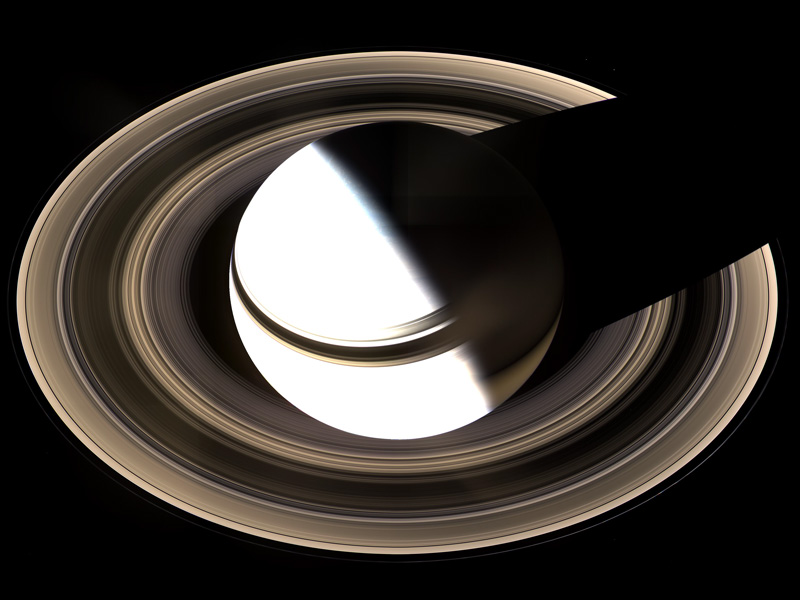
Two very enjoyable TV series are currently unrolling on the BBC, one on Astronomy and one on Music (two of the seven Liberal Arts, the first being traditionally regarded as the application of Geometry and the second of Arithmetic). They can be watched online, at least in the UK, and the associated websites provide excellent resources for educators. If you can't access them through the BBC, they are available as segments on YouTube. The Wonders of the Solar System by Brian Cox is full of spectacular scenery and special effects, and suitable for all ages. If this doesn't turn your children into astronomers, nothing will! Episode 2 was all about order out of chaos, the "beauty and symmetry that lies at the heart of the universe", and featured spectacular shots of Saturn's ring system. Sacred Music presented by Simon Russell Beale is glorious in a different way. After a recent episode I am a fan of Anton Bruckner, a devout Catholic contemporary of the better-known Brahms. This is the second series already, but presumably the whole thing is available on DVD. Do take advantage of the availability of these programmes if you can. For a better view of the Saturn picture above, go here.











